How Inflation Has Affected Brand Loyalty
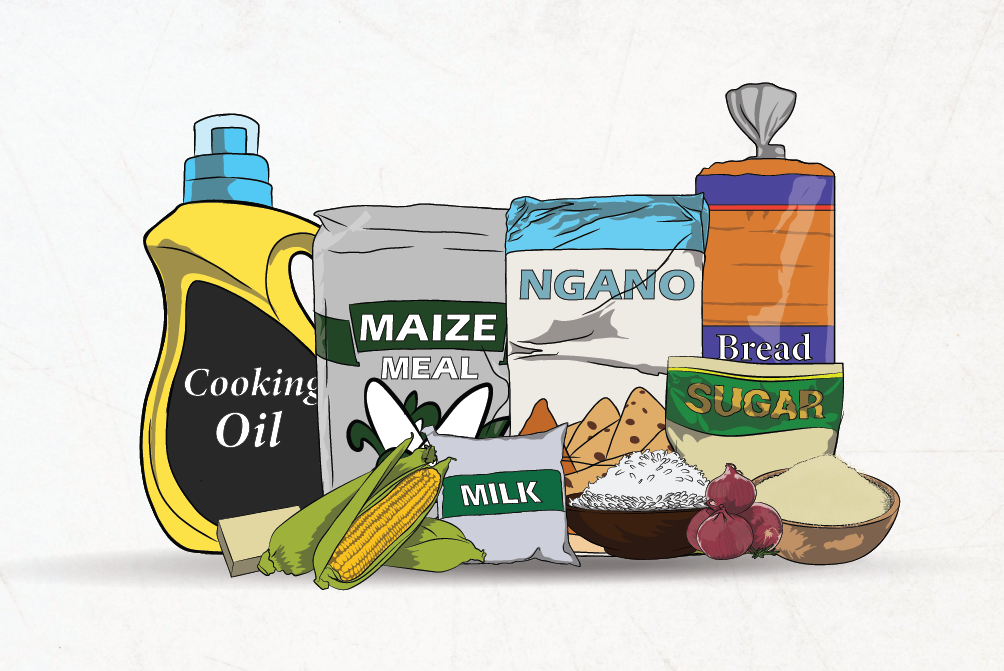
A running joke in Kenya today is that if you have a one thousand shilling note you should not bother picking up a shopping cart, what you can afford can fit snugly in your hands. Fun as it is to crack such jokes, this is a painful reality and an education on how inflation has impacted our lives. As inflation rises it eats away the purchasing power of your money over time. That means as the price of goods goes up in reaction to inflation, a thousand shilling purchases less and less. Therefore, swapping out one’s usual (trusted and beloved) brands, and going for the less expensive alternatives on the shelves is the next best possible recourse for getting the most out of one’s money.
By the end of December 2022, the inflation rate as per the monthly Consumer Price Index which measures changes in the cost of food, housing, petroleum, utilities, and other goods, was at 9.1%. But much as this was a drop from November’s 9.5%, the pinch of high prices is still being felt. Add to that the resumption of bank-to-mobile money charges (although temporarily halted by the High Court), stoppage of the school fee subsidy and higher electricity charges. And the future doesn’t really seem brighter. Prof. Njuguna Ndung’u, the National Treasury & Economic Planning Cabinet Secretary recently forewarned that we are lurching towards tougher economic times.
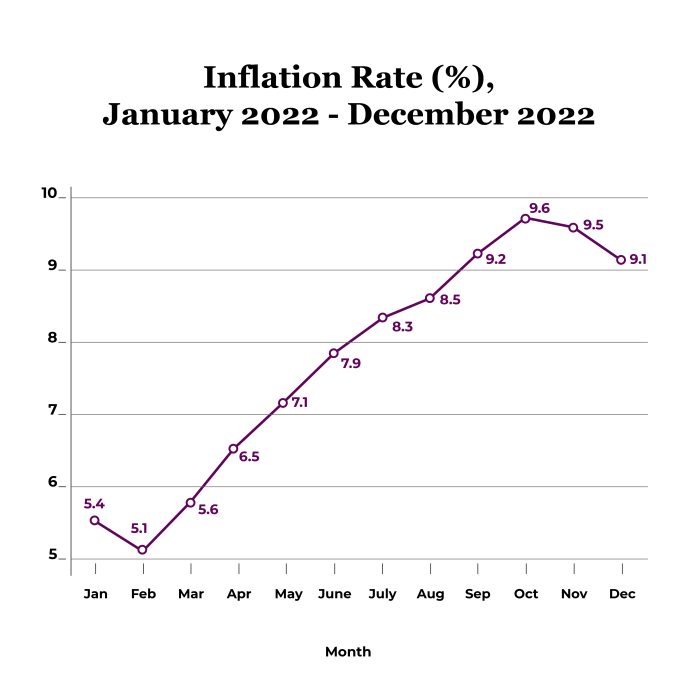
Running a household of one, I can say I am fairly lucky in that the tug-of-war between what I desire to buy and the need to make concessions is not as strong as say in a family setup. Much as I still look out for cheaper options, I can still afford to splurge on some of the brands and items that I love. For families (and individuals) living on a tight budget with little room to spare, the luxury of shopping based on quality brands has taken a backseat and many people have been forced to reevaluate their shopping habits.
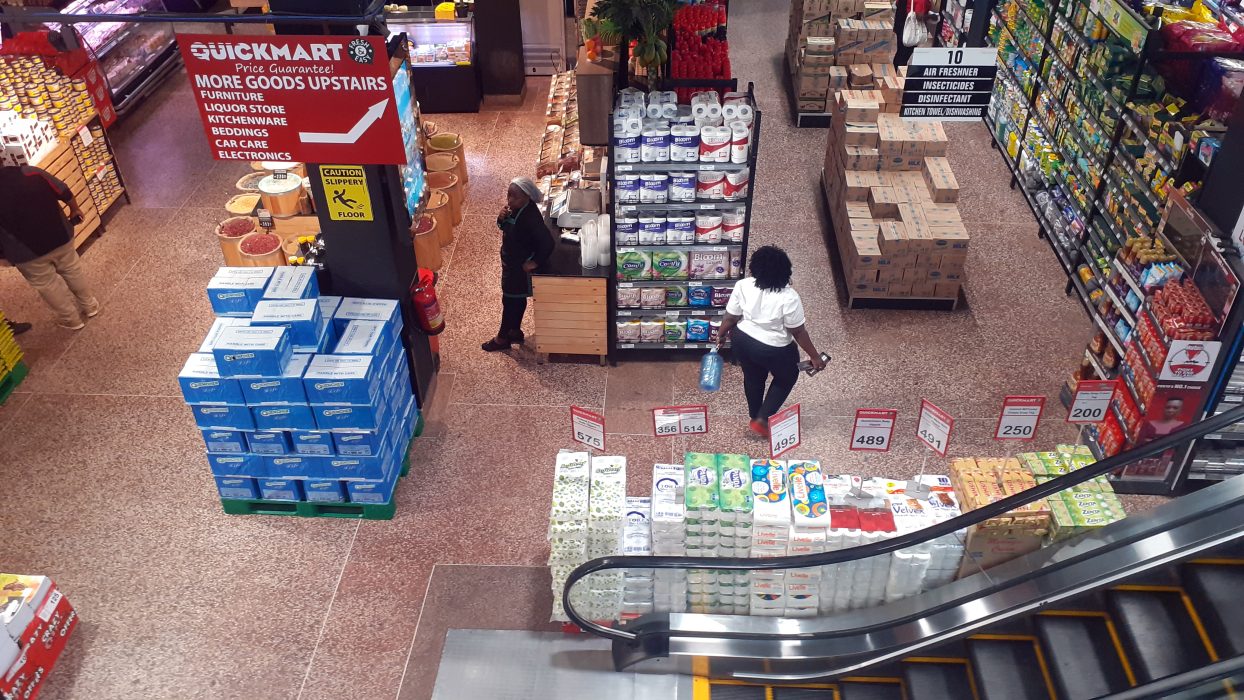
Photo: Debunk Media
Growing up, I was in charge of drawing up our monthly household shopping list. The task involved rummaging through the pantry as the end of month neared, noting the items that needed replacing alongside the quantities and exact brands. What this did was introduce me to the concept of budgeting but also endeared me to specific brands my mother was loyal to, buying them over and over.
Coming of age and moving into my own place, I have carried the same ritual including the affinity to the brands my mother used over the years—with exception of brands that are no longer available in the market. But in the last year, a lot has changed. Prices have risen for just about everything, with the shift from tissue ni Hanan to tissue ni tissue being unparalleled. Shopping has now become (a-not-so-fun) scavenger hunt with the ultimate reward being a few saved extra coins that eventually get spent in another price-hiked item.
Previously, my trips to the supermarket involved moving through the aisles straight to specific items that I needed and craved. When I lingered at the shelves, it was to see what new item I could buy and try out. Now, the extra minute at the shelves is for examining brands in the attempt to see where I can possibly save an extra shilling. It is from playing detective Gadget at the shelves that a conclusion was drawn; Hurricane does the same job as Harpic, Savlon is an antiseptic much like Dettol, Safisha will still get your dishes clean the same as Morning Fresh would and the Zesta ketchup is not my usual Heinz but it will grow on me. If it’s on the shelf, KEBS (Kenya Bureau of Standards) must have run quality checks and established it will cause no harm—or so we hope.
In early March 2020, just before the gloom and doom of the pandemic hit, GeoPoll had carried out research on the Fast Moving Consumer Goods (FMCG) market in Kenya looking to determine the key drivers influencing purchasing decisions. From the study, they established that quality and brand influenced how shoppers picked their favourite items when shopping. Price came in third. But between then and now, the pandemic hit, the global supply chain had a snarl and Russia invaded Ukraine. The result has been a tremendous rise in consumer goods prices. What this has done is shift consumer behaviour right from cutting back on shopping frequency to dwindling brand loyalty. Brand fidelity is now tied more directly to price and shoppers are drawn to brands that save them money.
Appendix
Interviews from a few people on if and how inflation has changed how they shop.
Robert, 39
Also, a father of two, Robert’s household of five (nanny included) has had to make changes to their shopping list. First has been substituting their Elianto cooking oil for Rina, Huggies diaper brand for Softcare, their Harpic toilet cleaner for Atilla that sells two for the price of one and their butter from KCC to Daima, which they are considering doing away with altogether. Their cereals are now bought from grain shops and milk from a dairy farmer in their hood.
Grace, 36
For the mother of two who works as a hairdresser, brands do not even come to mind anymore. She is loyal to the ‘what’s cheap’ brand of goods. Her shopping boils down to only essentials and mainly shops at a wholesaler. Grace’s shopping pattern has also shifted from monthly bulk shopping to weekly one with food taking up a bigger share of the budget.
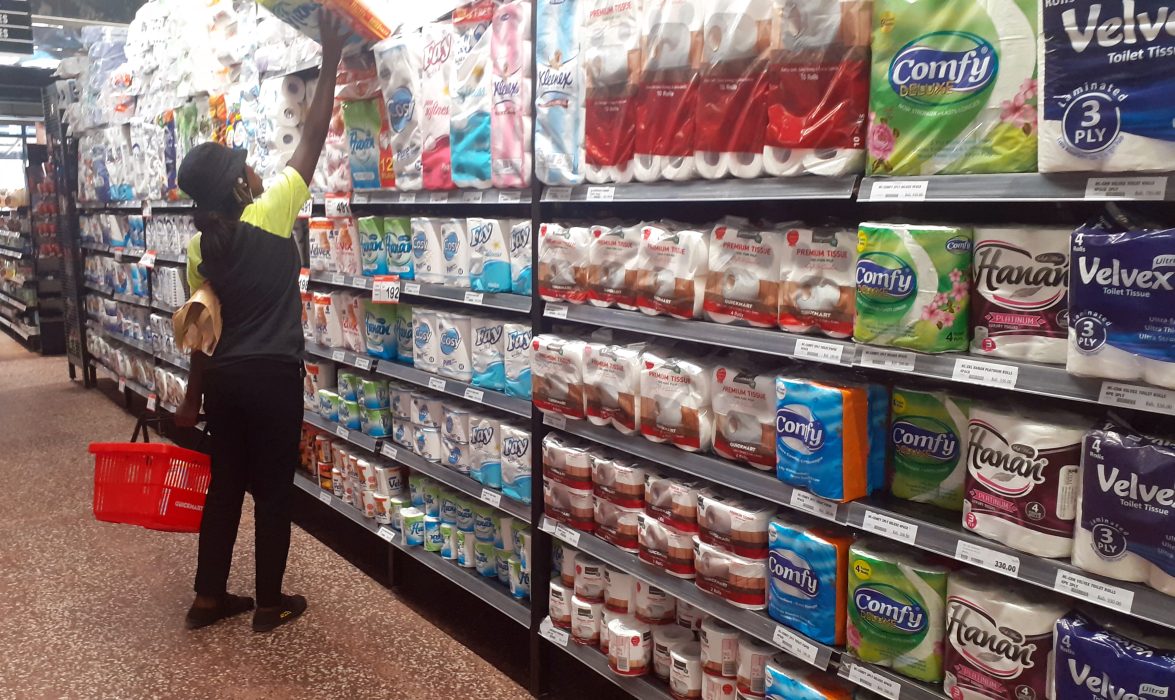
Melissa, 27
Before price increases began eating into her budget, Melissa didn’t think too hard about her spending. Much as she still enjoys her treats she has switched from her favourite Ben and Jerry’s ice cream that cost KSh.330 for a 100ml tub to the Fiesta ice cream that cost KSh.90 for the same quantity. Melissa’s go to cooking oil was Fresh Fri which she got in the 1 litre bottle but now shops for Palma oil (250ml) which she discovered after prices of cooking oil went crazy high. Her body lotion was swapped from Johnson’s to Nivea for men which is a two-in-one deal pack, lotion and deodorant.
Edwin, 31
Much of Edwin’s brand affinity is borrowed from his parent’s household. Over the years he has maintained this but is slowly moving away from that given the ongoing hike in prices. Previously he’d have his car serviced at Auto-express but now has outsourced the work to an individual mechanic. As for his household shopping, he’s discovered the stringless and non-enveloped tea bags still make okay tea, the Carrefour toilet paper pack is cheaper than his favourite Hanan pack, Elesept is as good a toilet cleaner as Harpic and his Downy fabric softener may soon be swapped for a cheaper fabric softener.
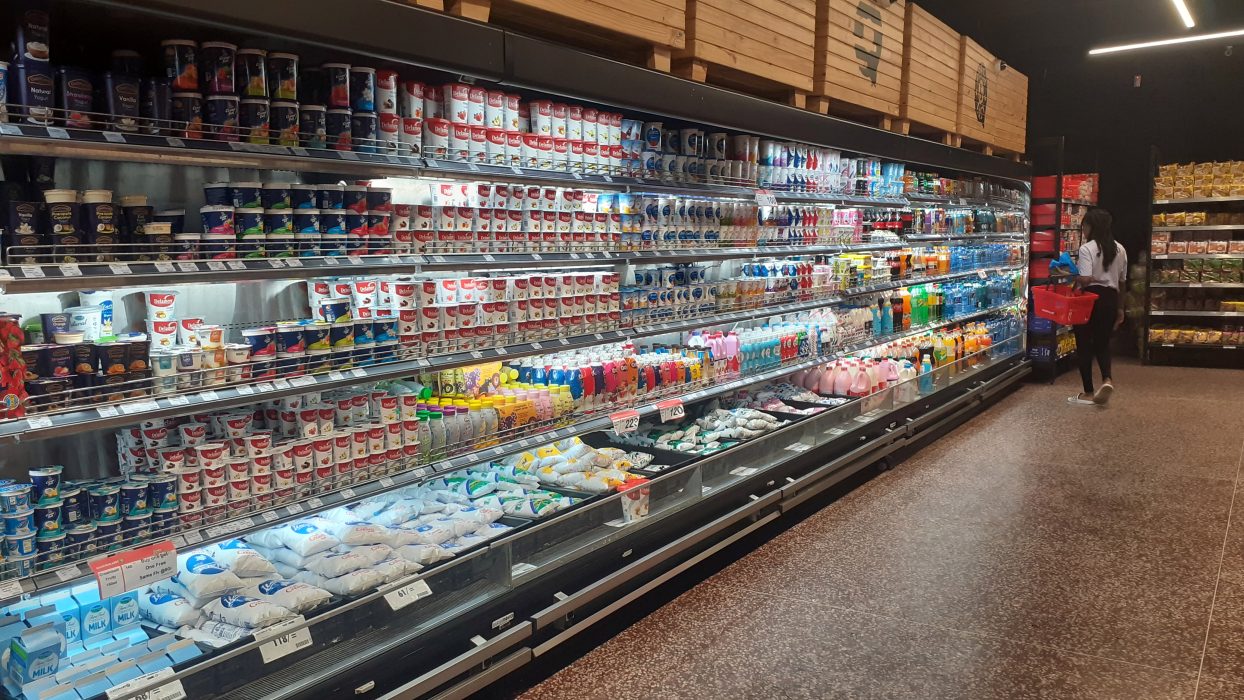
Immaculate, 30
Having a two-year-old in the house means that laundry is done every other day. With prices of detergents up—partly due to the palm oil shortage that hit between 2021 and 2022—Immaculate would find herself spending a lot more on her favourite brands. For her, it is almost a 360 turnaround. She has switched from supermarket-stocked brands to getting her cleaning essentials from distributors who sell the detergents in bulk. As for toilet soaps, she moved from Imperial leather to whatever is on offer in the supermarkets. With cooking oil, she alternates between Avena and Fresh Fri whereas before she shopped for Rinsun sunflower oil. The go-to diaper pants are Molfix from Pampers and bottled water from Keringet to a small water dispensing company she found.






